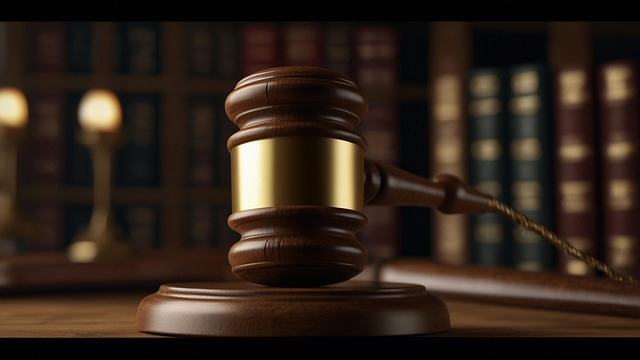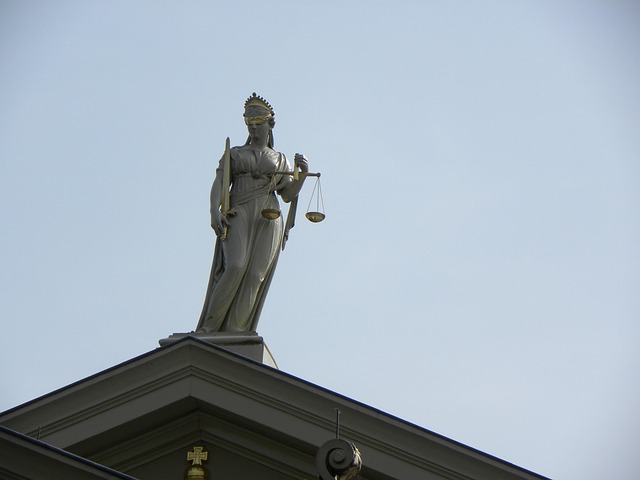Co-ownership property disputes in complex cases like securities class actions impact corporate and individual clients. US legal frameworks, such as PSLRA (1995), offer robust options with rules for investor protection and collective action. Skilled attorneys navigate these disputes, seeking compensation, accountability, transparency, and justice within the financial industry.
Securities class actions involve a collective lawsuit where investors join forces to hold accountable those responsible for securities fraud or misconduct. This article delves into the intricate world of these legal battles, focusing on co-ownership property disputes and the legal framework that governs them. We explore effective legal options available to investors, providing insights into navigating complex issues surrounding co-ownership property disputes in securities class actions.
- Understanding Co-Ownership Property Disputes
- Legal Framework for Securities Class Actions
- Exploring Effective Legal Options in Class Actions
Understanding Co-Ownership Property Disputes

Co-ownership property disputes arise when two or more parties claim rights over a single asset, be it real estate, intellectual property, or other valuable possessions. In the context of securities class actions, where complex financial matters are involved, these disputes can significantly impact corporate and individual clients alike. Understanding the legal options available is crucial for navigating such situations effectively.
When it comes to co-ownership, the first step often involves identifying the nature of the relationship between the disputing parties. This could range from business partners with differing interests in a corporation to individuals who jointly own property but have fallen out over management and control. The respective legal frameworks governing these relationships determine the course of action. For instance, while white-collar and economic crimes may introduce additional complexities, mediation or arbitration can often resolve co-ownership disputes without extensive litigation, ensuring fairness and minimizing losses for all involved parties.
Legal Framework for Securities Class Actions

The legal framework for securities class actions is designed to protect investors from fraudulent or misleading activities in the financial markets. This robust system allows for collective action, where a group of investors with similar claims can join forces and pursue justice together. In the United States, the Private Securities Litigation Reform Act (PSLRA) of 1995 established a structured approach, balancing the need for investor protection with the potential for abusive litigation. The PSLRA requires that plaintiffs demonstrate a strong case and adhere to specific procedural rules.
This framework facilitates co-ownership of legal claims, enabling investors to pool resources and share in any potential recoveries. While court battles can be lengthy and complex, the prospect of compensation for collective harm is a powerful incentive. Jury trials, as a cornerstone of American justice, play a pivotal role in securities class actions, where a group of investors presents their case before a jury of peers. This democratic aspect ensures that decisions are made transparently, reflecting the interests of the respective business and the broader philanthropic and political communities.
Exploring Effective Legal Options in Class Actions

In securities class actions, exploring effective legal options is paramount to achieving extraordinary results for co-ownership property disputes. When investors band together to sue companies and their executives for misconduct, the goal is not just compensation but also ensuring corporate accountability and deterring future violations. Skilled attorneys play a pivotal role in navigating these complex cases, providing strategic guidance that can lead to the complete dismissal of all charges or substantial settlements beneficial to the class.
The legal landscape surrounding class actions is intricate, with various strategies employed to protect the respective business interests of both plaintiffs and defendants. By leveraging their expertise, lawyers can navigate this labyrinth, advocating for the rights of investors while managing potential risks. This includes meticulous document review, fact investigation, and crafting compelling legal arguments that highlight corporate wrongdoing. Ultimately, the objective is to secure justice not just for the affected investors but also to promote transparency and ethical practices within the financial industry.
Securities class actions, governed by a robust legal framework, offer a powerful tool for investors facing co-ownership property disputes. By understanding these complex issues and exploring effective legal options, individuals can navigate the challenges of collective litigation. This approach ensures that their rights are protected while seeking resolution in cases involving misrepresented securities.






